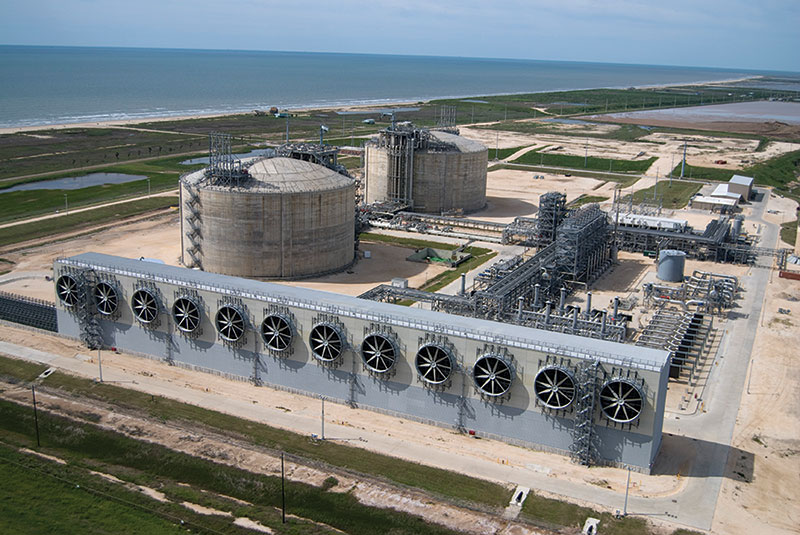Freeport LNG's Texas Facility to Resume Full Operation After Emissions Incidents
(Reuters) — All three liquefaction trains at Freeport LNG's export plant in Texas were expected to be back in service on Monday, according to preliminary data from financial firm LSEG.
Freeport told environmental regulators that liquefaction Train 2 tripped while operating around midday on Nov. 22 due to an issue with a compressor system, resulting in an emissions event that lasted almost nine hours.
That was the second train to shut at the plant in the past week. Liquefaction Train 3 shut on Nov. 20 due to an issue with a lube oil pump, resulting in an emission event that lasted more than 11 hours.
Freeport LNG is one of the most closely watched LNG export plants in the world because the start and stop of its operations often cause massive price swings in global natural gas prices.
U.S. gas futures were up about 7% on Monday due mostly to forecasts for cold weather that should boost heating demand in coming weeks.
But energy traders noted that an increase in the amount of gas expected to flow to U.S. LNG export plants, especially Freeport, was also supporting U.S. gas prices on Monday.
The amount of gas flowing to the seven big operating U.S. LNG export plants has risen to an average of 13.5 billion cubic feet per day (Bcf/d) so far in November, up from 13.1 Bcf/d in October, according to LSEG data.
Flows to the 2.1-Bcf/d Freeport plant were on track to rise to 2.0 Bcf/d on Monday, up from 1.3 Bcf/d on Sunday and an average of 1.8 Bcf/d over the prior seven days.
Each train at Freeport is capable of turning around 0.7 Bcf/d of gas into LNG daily.
One billion cubic feet of gas is enough to supply about five million U.S. homes for a day.
Related News
Related News

- Enbridge Plans 86-Mile Pipeline Expansion, Bringing 850 Workers to Northern B.C.
- Intensity, Rainbow Energy to Build 344-Mile Gas Pipeline Across North Dakota
- Strike Pioneers First-of-Its-Kind Pipe-in-Pipe Installation on Gulf Coast with Enbridge
- 208-Mile Mississippi-to-Alabama Gas Pipeline Moves Into FERC Review
- Court Ruling Allows MVP’s $500 Million Southgate Pipeline Extension to Proceed
- U.S. Pipeline Expansion to Add 99 Bcf/d, Mostly for LNG Export, Report Finds
- A Systematic Approach To Ensuring Pipeline Integrity
- 275-Mile Texas-to-Oklahoma Gas Pipeline Enters Open Season
- LNG Canada Start-Up Fails to Lift Gas Prices Amid Supply Glut
- Strike Pioneers First-of-Its-Kind Pipe-in-Pipe Installation on Gulf Coast with Enbridge





Comments